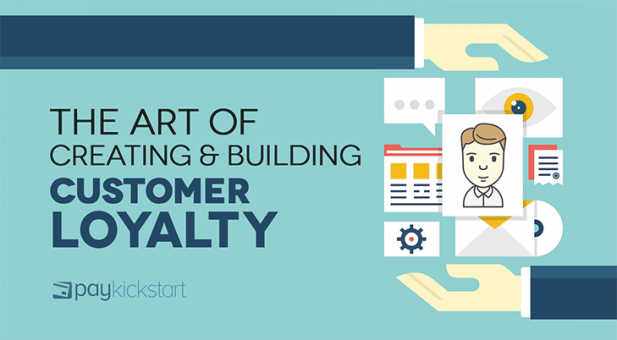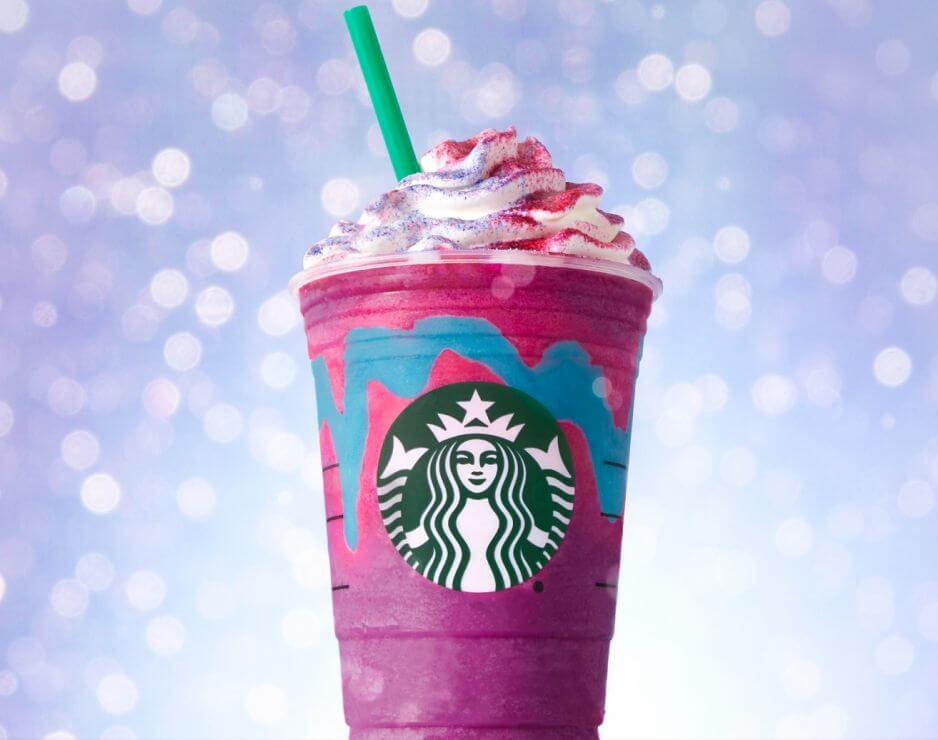Subscription growth hack (by PayKickstart)
Facebook Group - 3,932 members
Visit Group
Customer loyalty is what keeps you in business.
There are times, no matter how good things are going now, when acquisition slows down because of factors outside of your control.
When that happens, who do you think keeps your business afloat to weather the storm? It’s not that new contract you’re chasing.
If you said old customers then you’re right.
Customer loyalty creates a much more stable business because your customers continue to come back and buy from you.
Without customer loyalty, it’s difficult to retain your current revenue let alone expand.
In this post, I’ll look at what you can do to create customer loyalty in your business.
Customer loyalty is the extent to which customers are devoted to specific brands and how likely they are to purchase from one brand over another.
The more loyal customers are, the more their lifetime value to your business and the more you can spend to acquire new customers.
In certain circumstances, it may not be worth your time to focus on customer loyalty. For example, Acme Inc. sells off-brand paper towels and their main draw for customers isn’t quality, packaging, or values. Instead, it gets the customer to buy because it has the cheapest price. If those prices rise even a little then customers will look for another alternative.
Conversely, a premium brand like Polo or Tom Ford does a lot to encourage customer loyalty. They focus on quality, packaging, and overall customer experience. If they don’t then they could be replaced by cheaper competitors in the marketplace.
75% of American consumers feel that brands should do more to encourage brand loyalty. This shows there are a lot of opportunities to better connect with customers. When done properly, not only does loyalty increase but your customer satisfaction score does as well.
There are countless ways to earn customer loyalty. The strategies you adopt will depend on your brand, the types of customers you have, and your overall goals. It’s worth it because a 5% increase in customer retention can increase profits up to 100%.
Before we dive in, keep in mind that many things, beyond what I mention here can impact customer loylaty. Many things you may feel have a negative or positive effect have no bearing on loyalty.
For example, Neal Taparia, the founder of Solitaired ran an experiment where they introduced advertising to the platform and expected it to impact key user retention metrics.
One group was shown ads and the other wasn’t. At the end of the experiment, it was found that advertising didn’t have a statistically significant impact on user retention.
I’ll just touch on a few strategies that can help you improve create customer loyalty.
Word of mouth happens when people are happy about your products and services. This can’t occur if you don’t give them what they want.
If you’re a Jedi then you can ignore the part about feedback and just read your customer’s mind. If, like the rest of us, you don’t control The Force then customer feedback is essential.
Feedback lets you know which parts of your product work and gives you an idea about where to go next. Incorporating the feedback you get into product development it makes your customers feel heard and appreciated. That, possibly more than anything else, encourages customer loyalty.
Sending feedback requests is a tricky process because they have to be timed correctly. You don’t want to send them out too soon because your customer may not have had time to fully experience your product. Too late and the experience won’t be fresh in their minds.
Aim to send them within a few days of purchase and test the frequency until you get it right.
The type of feedback survey you send also matters. Net Promoter Score can help you gauge loyalty and see where you can prove. A CSAT (customer satisfaction) survey will allow you to drill down into specific aspects of your service or product.
Consider testing both approaches separately and within the same survey for maximum learning.
Don’t take convenience for granted. Part of customer loyalty is making it easy for people to be loyal in the first place. They shouldn’t have to fight to give you their money.
If the purchase experience is difficult then it’ll have a marked impact on the way people patronize you. Create a conversion-optimized shopping cart that saves a customer’s information, helps them find the right products, and otherwise makes the experience easier.
PayKickstart does this with subscription saver. When someone comes back to a shopping cart, their details are already filled out.
There’s a difference between loyalty programs and marketing programs. Here’s a quick test you can perform to see which one you have.
If you were to take away all the perks associated with purchasing from you, would you still retain the same number of customers? If the answer is no then you have a marketing program.
A true loyalty program doesn’t focus on the customer making a purchase, it’s a fringe benefit. Focus on the overall experience you provide your customers then introduce a loyalty program. That way, the rewards are framed as an extra benefit of the relationship instead of the reason for it.
Starbucks is a great example of a company that uses its loyalty program well. Most of the customers would be buying their colorful Frappuccino there anyways so the program is just another reason for going.

There’s nothing worse than a brand that fills your inbox with one generic promotion after another. It’s the fastest way to get your subscribers (and customers) to run away.
On the other hand, brands that understand how to communicate in a way that’s engaging and unique will always have a welcome place in the inbox.
Here are a few things to keep in mind when you’re emailing with the goal of creating customer loyalty and repeat purchases
It’s often said that we should create customers for life. I agree. Lifelong customers are the goal. The average human will live for 71.5 years. That’s a long time to plan for.
Even though that’s the end goal, it’s not the goal right now. At this moment in time, your entire focus should create customer loyalty that ensures the next sale.
There’s a simple question to ask:
What can I do right now that ensures my customer comes back next time? This works but I want you to be careful so you don’t prioritize short term results at the expense of long term growth.
For example, signing up a lot of new clients through a referral or loyalty program produces short term growth but having trouble collecting accounts receivable can kill your company. If you want to build a long term asset, create loyal customers, and enjoy the work you do, a solid strategy is a must.
Customer loyalty is no longer optional. The business landscape is too competitive and consumers are too savvy.
Instead of leaving it to chance, get proactive with your customer loyalty initiatives. Encourage feedback and use the information you get, make it dead easy to purchase from you, use a loyalty program, and focus on the next interaction.
These suggestions are just the starting point of customer loyalty. Let me know what you’re doing to create it in the comments below.
Daniel Ndukwu is a regular contributor to the PayKickstart blog. He has extensive experience with online businesses, conversion optimization, and subscription revenue models. When he's not writing insightful content, he works with other entrepreneurs to help them grow their bottom line.
Read More About Daniel Ndukwu